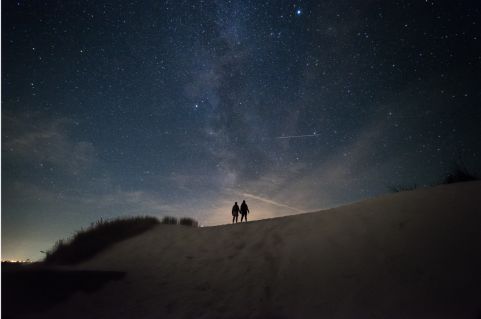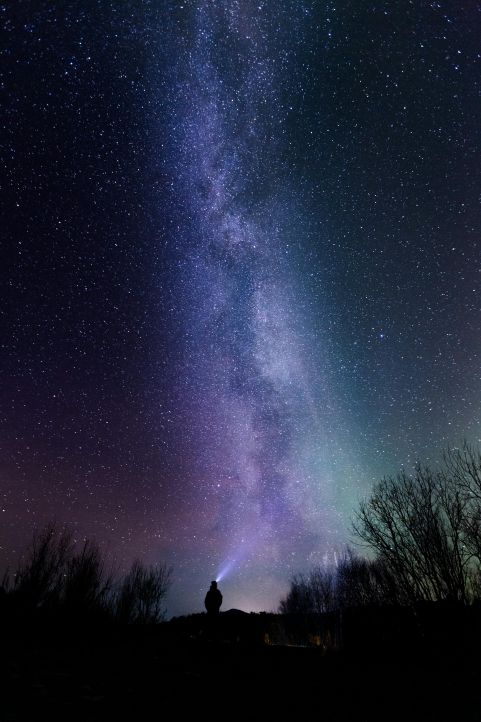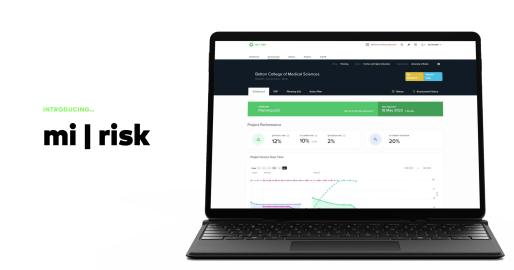
There is very real evidence that the Internet is having a growing impact on the environment; electricity is the lifeblood of the Internet powering data centres, telecommunications networks and the devices used to browse the internet. BBC’s Panorama program recently investigated the environmental cost of our lives online and concluded that our reliance on the data cloud is growing at an alarming rate, which is a very real threat to the environment due to the power and water consumption required to meet this demand.
Businesses are becoming increasingly conscious of their own carbon footprint and in 2023 we predict an increase in businesses investing in green technologies, including creating low -carbon websites. But what exactly is a low-carbon website and how do you create one? In this post we’ll explore some of the steps you need to take to create a low-carbon website.
The first step in the journey to a low-carbon website is ensuring the web hosting company is adopting green policies. Typically websites are hosted by third parties in huge data-centres which have a large carbon footprint. Increasingly hosting companies are investing in green technologies (servers, cooling equipment, network architecture) of their own and passing on these savings to the websites they host.
Websites consume energy each time a page is requested; energy to complete the request and return the content from the web server, energy consumed by the WiFi/ telecommunications data and energy by the user's device. The more content, especially images, fonts and video, the more energy is consumed each time the page is requested. By optimising your content to be more efficient, users will likely spend less time searching for relevant information and therefore consume less energy.
Another benefit of optimising your content is that it will make the website quicker to load for the end user (thus using less energy).
“Many of the principles and methods applied to make a website more performant have the added benefit of reducing energy consumption’”.
Richard Blyth, Head of Website Development, Tribus
Some of these principles include ensuring your code is semantic, accessible and optimised - all of which can benefit the end user greatly.
A user’s journey often begins with a search engine - so it is important to ensure the website is properly optimised (SEO); the fewer searches users have to perform to find the content they require, the less energy they consume.
In conclusion, creating a low-carbon website is a useful exercise for businesses looking to minimise their environmental impact. By incorporating green initiatives - such as optimising content and page loading times - businesses can achieve significant reductions in their digital emissions without sacrificing performance or user experience (UX), in fact some of these changes could greatly benefit the website and its users.
Key steps to reducing your website’s carbon footprint
Choose a ‘green’ hosting company which has servers located in the same country as your primary audience.
Optimise your code; ensure it is clean, lean and semantic and utilising up to date libraries.
Consider reducing the amount of images and video on your website - and properly optimise those that you keep.
Don’t overly rely on video: video can be very data and resource intensive and therefore a big energy consumer.
Review the user journey on the website: are users able to quickly perform their intended tasks (and as a result consume less energy).
Optimise your content: reduce the amount of time users spend finding key information.
Don’t over-rely on third party scripts such as Google Analytics, Google fonts, JavaScript libraries etc.
Consider the fonts you are using: opting for a system font such as Arial can reduce the time required to load a web page.
Make sure your website has a caching policy: caching the website means the user consumes less energy when loading the website.
Implement an SEO strategy.
Consider providing a ‘dark mode’ for your website. Because ‘dark modes’ generally reduce white space, they consume less energy on OLED screens for example
Looking for tips on a low carbon website? Get in touch.









